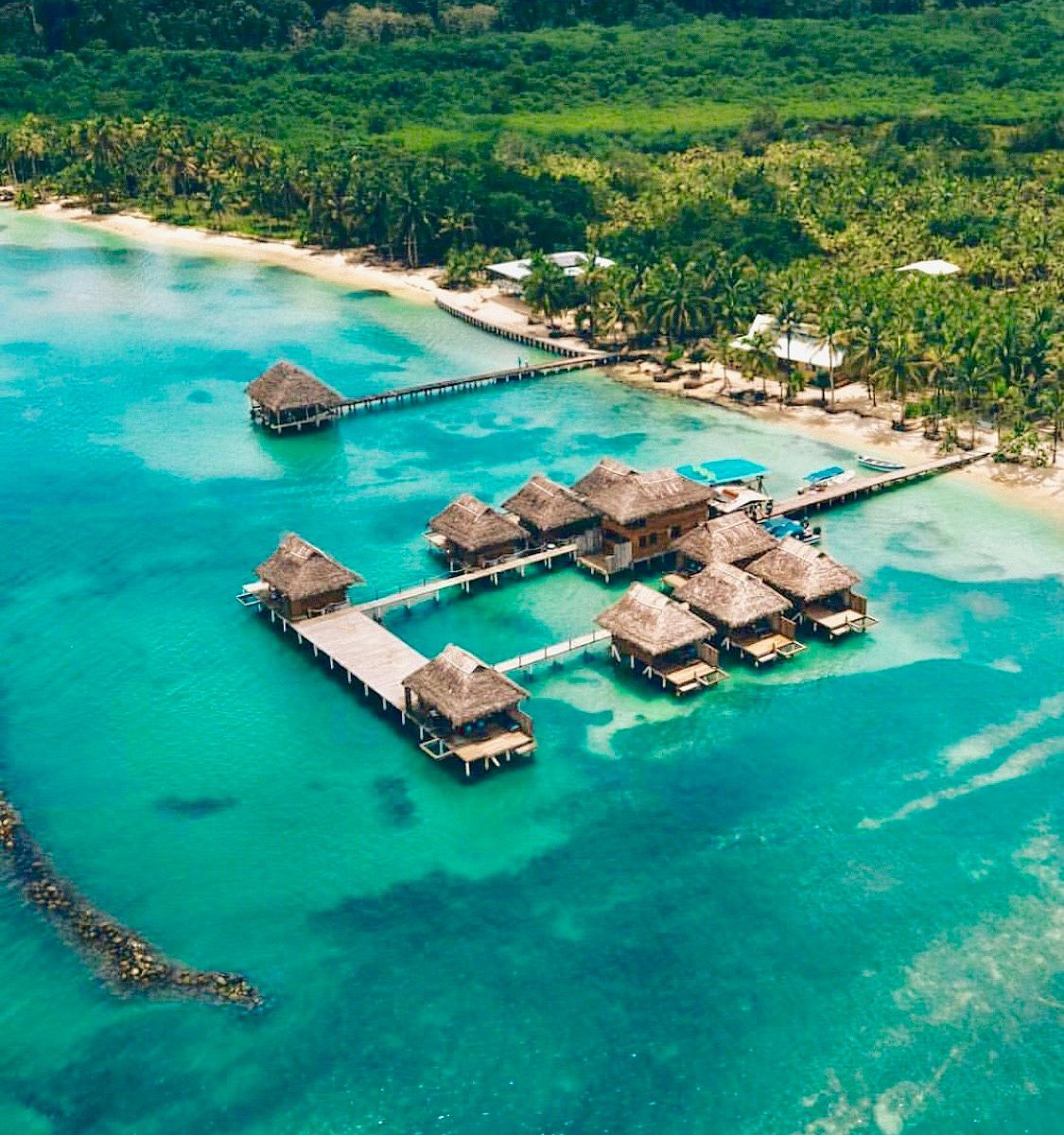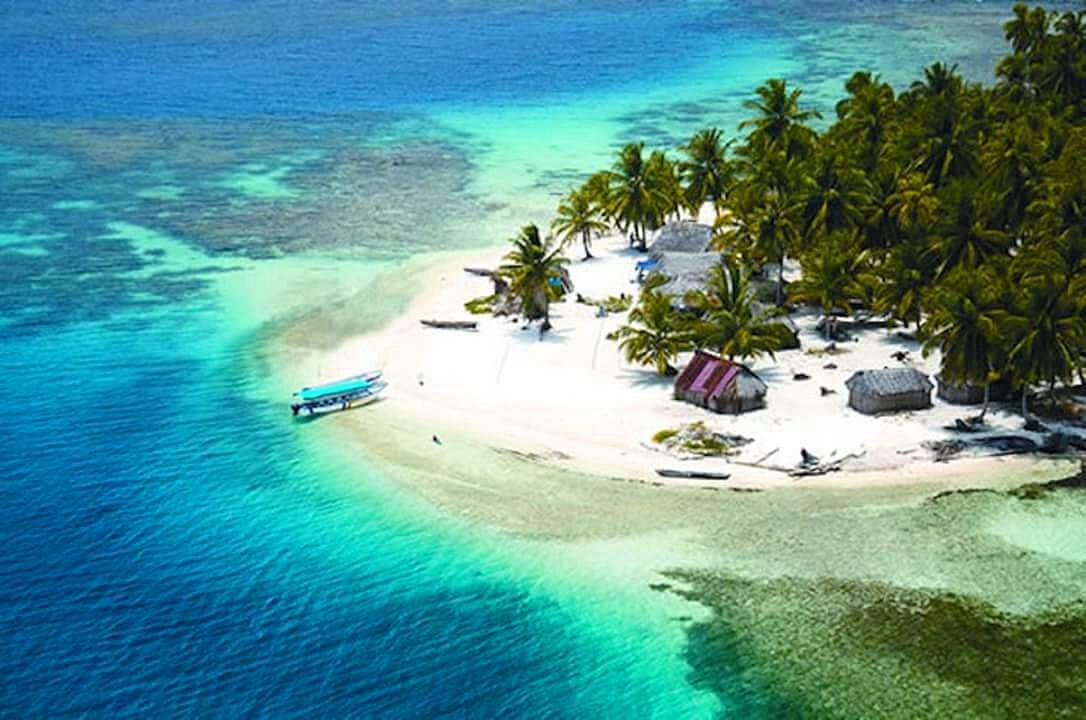



The San Blas Islands of Panama is an archipelago comprising approximately 365 islands and cays, of which 49 are inhabited. They lie off the north coast of the Isthmus of Panama, east of the Panama Canal. A part of the comarca Guna Yala along the Caribbean coast of Panama, it is home to the Kuna people. Wikipedia
The San Blas Islands, officially known as Guna Yala, are an autonomous indigenous territory consisting of 365+ islands and cays, most uninhabited, off Panama’s Caribbean coast. They are owned and governed by the Guna people, known for their strong preservation of culture and nature.
Dry Season (December to April): Ideal — sunny skies, calm seas, and perfect for island-hopping.
Wet Season (May to November): More rain and humidity, but still warm and beautiful; showers are often short.
Avoid September–October if possible — peak hurricane season (though Panama rarely gets hit directly).
From Panama City:
🚙 4x4 Transfer: 2.5–3 hours to Cartí port (must be 4x4 vehicle due to jungle roads).
🚤 Boat Transfer: 30–45 minutes to the islands (varies by destination).
🛩️ Flights: Small plane to Corazón de Jesús, Playón Chico, or other airstrips (weather dependent).
Important: You must book a tour or stay in advance. Independent travel is not easy due to the Guna-controlled territory.
Isla Perro Chico (Dog Island): Famous for snorkeling around a sunken shipwreck.
Isla Diablo & Isla Pelícano: Clear turquoise water and white-sand beaches.
Isla Yansailadup: Stunning natural scenery and peaceful setting.
Cayo Holandés: Remote, incredible snorkeling reefs.
Isla Narasgandub (Wichub-Wala): Cultural immersion on a Guna-inhabited island.
Snorkeling & swimming in crystal-clear waters.
Island-hopping tours (half-day/full-day).
Cultural visits to Guna communities: learn about molas (handmade textiles), music, and daily life.
Relaxing in overwater hammocks or under palm trees with no Wi-Fi.
Sailing or catamaran trips from Panama or Colombia (multi-day).
🐠 No scuba diving or motorized water sports — the Guna prioritize ecological balance.
Rustic & basic lodging, often on tiny private islands:
Cabañas (thatched huts): Over the water or on the beach — very simple (mattress, mosquito net, no A/C).
Eco-lodges or sailing boats: Slightly more upscale with private bathrooms or solar power.
Popular places:
Yani Island Cabañas
Iguana Island
Cabañas Narasgandub
Sailing Life Experiences (catamaran)
📝 Most accommodations include 3 basic meals daily, and no internet or hot water is common.
Meals are simple, fresh, and local:
Fresh-caught fish, lobster (in season), rice, coconut, and plantains.
Vegetarian options are limited, so inform ahead of time if needed.
Drinks are usually bottled water, juices, and sometimes beer (bring your own snacks and alcohol if desired).
The Guna people are fiercely independent and have preserved their traditions, language, and laws.
Women wear molas (colorful textile blouses) and beadwork.
Photography of locals requires permission, especially during sacred rituals or on community islands.
The Guna operate the area autonomously — respect their rules, which include:
No plastic waste left behind
No scuba diving or fishing without permission
No drones without prior approval